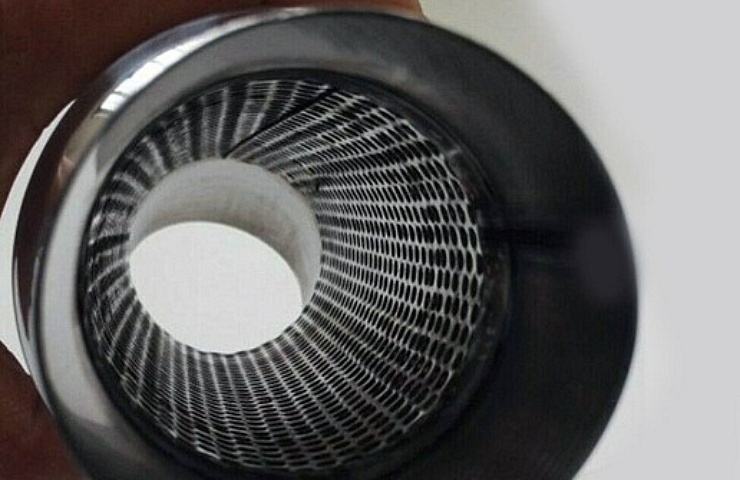Your car’s exhaust note is the product of many distinct components, design decisions, and connected systems. When done right, the result is an intoxicating noise. But it isn’t easy. Exhaust sound tuning is both an art and a science.
The explosions of internal combustion attenuated by exhaust manifolds, piping, and mufflers—and fed by rushing air intake—each have their distinctive sound. When blended and stirred by the number of cylinders (or rotors), the angle of the block, and the overall displacement, you get the unique aural signature of an automobile.
Shop now for manifolds and headers
Exhaust Sound Tuning: Rumble, Rasp, or Blat-Blat
Performance models usually leave the factory with a louder, distinctive sound. That often indicates a less restrictive exhaust system and hence more power.
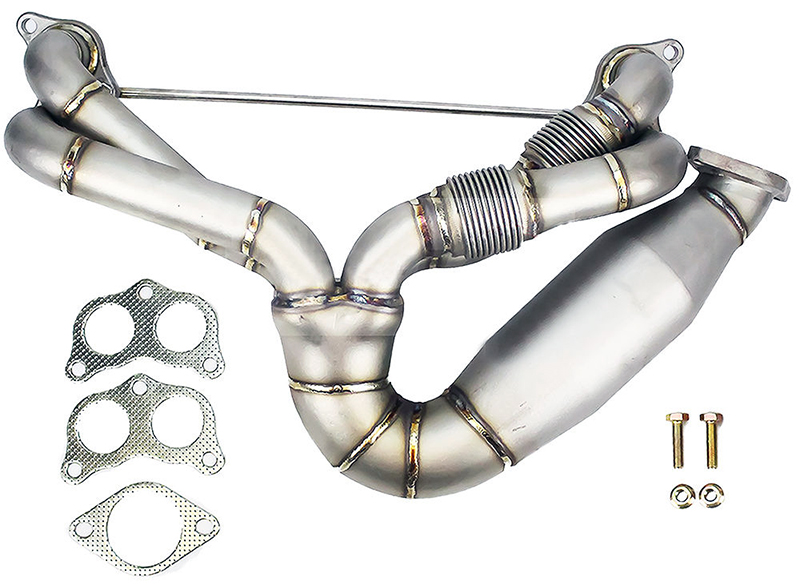
With an equal-length header, there’s less rumble.
For those of us restricted to driving on the street, we have a choice between the rumble of a V-8, the blat-blat of a six-cylinder (V or inline), and the rasp of a four-cylinder (with its bellow sometimes deepened by the presence of a turbo). Within these broad boundaries is a raft of opportunities to craft the sound you are looking for, using off-the-shelf parts and a little bit of customization.
When you’re ready to get into tuning exhaust, there’s nothing you can do about the order of the firing pulses in your engine. That’s coded into its design. But you can easily mess with what happens to the exhaust gasses once they leave each cylinder. Replacing your stock exhaust manifolds with headers offers a long list of choices, including:
- Equal-length headers (more power and less rumble)
- Unequal-length headers (louder)
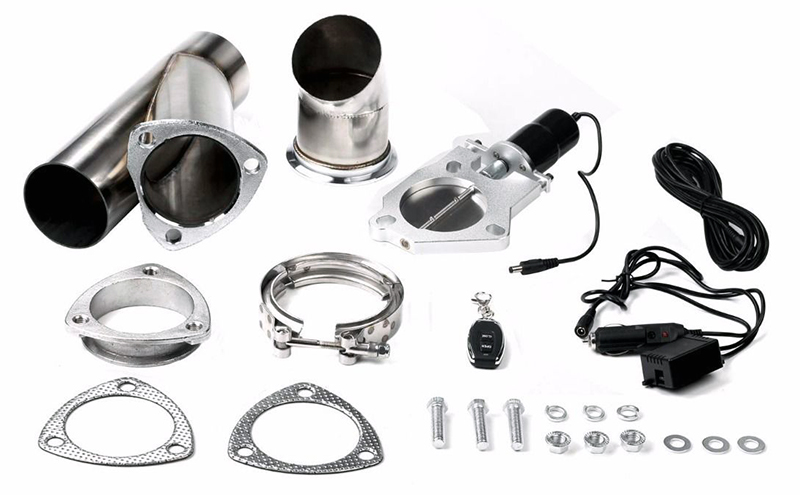
Blackhorse Racing’s electric exhaust muffler valve cutout system.
The pipe length and diameter also makes a difference. Longer pipes have a quieter rumble. Meanwhile, varying diameters of exhaust tubing can create pops and backfires as gases expand and contract at different rates. You can also add a set of cut-outs and dump gasses immediately behind the headers for maximum noise.
Consider Muffler Tuning
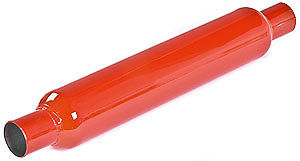
Cherry Bomb glass pack muffler
Muffler choice is the most obvious way to tune your exhaust note, but there are subtleties:
- Glass pack mufflers—which pass exhaust gases straight through a perforated central tube wrapped in sound-deadening fiberglass—are typically the loudest choice and will deepen the overall sound of your car’s engine.
- Chambered mufflers abandon tubes entirely in favor of a system of internal baffles that work to cancel out sound while adding a rumble.
- Turbo mufflers multiply the number of tubes to wind them through the unit’s body, reducing sound while smoothing it out.
- Multi-stage mufflers, or active mufflers, feature movable or replaceable inserts or baffles that can be manipulated from inside the car or using tools to sculpt the engine note further. If you don’t like the initial sound, you can tweak it change the note.
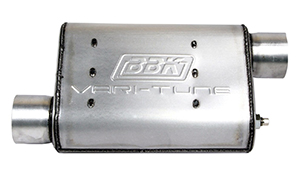
BBK Performance adjustable performance muffler
Thankfully, the internet is full of exhaust note videos. The clips allow you to listen to what other people driving your car model created for their engine sound. Watch these before buying your new exhaust system to learn what works best or sounds bad.
With that knowledge, you can develop a plan to create a sound that matches your desired exhaust sound tuning.

